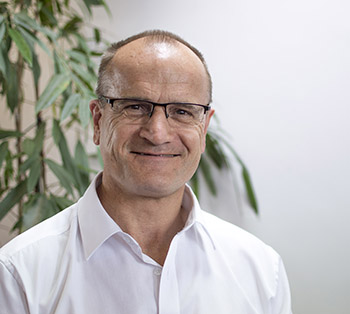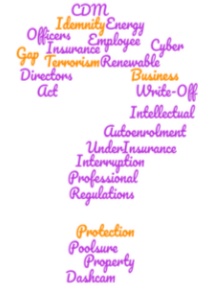
Most drivers will admit that once in a while they make a mistake or take a chance, generally they are minor and we get away with it, occasionally there may be a near miss, but not everyone is that lucky.
Road accidents kill or injure around 200,000 in the UK every year and if you are responsible for an accident involving a fatality or serious injury, don’t expect to get away with it.
The Police will obviously investigate, but with so much money at stake with claims involving death and in particular serious personal injury, insurers will also use forensic specialists to try and establish the full facts.
I recently had the opportunity to hear a talk from a forensic scientist, Dr Andrew Moncrief, courtesy of the Brighton Insurance Institute and the lengths to which they go to establish the main and contributory causes of accidents is fascinating.
Investigators not only use CCTV, tachographs and any tracker or telematics technology. Vehicles and accident scenes are forensically examined, reconstructed or identical replacements used for simulations. Some methods are high tech and some just involve painstaking work.
There is high tech computer software to calculate speed and what a driver could or couldn’t see at the time. But some is more monotonous and we heard of a case where a mechanical fault in a wheel (which fell off) was blamed for an accident. It was hard to believe there had been no advance warning of the problem, so they ran an identical vehicle for thousands of miles until the wheel fell off, again without warning.
Where a drivers field of view is significant, identical vehicles, mirrors and drivers heights are used to identify blind spots. If it was a rainy day, water is applied to external mirrors and can really obscure the view. Whether lights were in use can be established by how the hot or cold filament broke.
Low sun can be blamed and investigators use American military technology to know the position of the sun at a given time on a particular day, although they may have to wait virtually a year to mirror the exact position at the time of the accident and then hope it is not a cloudy day! In the case in question they did prove the driver would have suddenly come up against a blinding low sun.
Speed is a major issue and if there is no CCTV or recording technology they use skid marks. Even if wet they can usually work out which vehicle left them, whether it was braking or accelerating and from there calculate speed.
They will know whether seat belts were worn by marks on people, as well as marks on the belts if engaged in a sudden accident. And if you do not presently ask rear seat passengers to belt up, think again, one particular photo showed 3 marks on the windscreen, 2 showed where the driver and front seat passenger had hit the screen even though air bags had kicked in. The third was a head size hole where the rear passenger had been catapulted forward with such force that both front seats had been dislodged on the way through.
Fatigue was responsible for Selby, the UK’s worst rail crash, when a driver fell asleep and swerved off the M62 down an embankment causing 2 trains to collide. The driver blamed mechanical failure, but reconstruction proved he had not applied his brakes and mobile phone records showed that he had been up all night talking to his girlfriend. His insurers have paid over £22m in compensation.
Driving distractions were also highlighted and included mobiles, applying make up, shaving (hopefully just men), drinking, eating, a few unmentionables and probably the biggest distraction of all, children!
The driving tips provided were mainly the obvious about avoiding distractions and adequate vision, but one new one was if you are positioned to turn right across oncoming traffic do not turn your wheels before you move. If you do and are hit in the rear you will be pushed into the oncoming traffic.
With judges and juries generally favouring the pedestrian or cyclist over a driver, this level of detail certainly makes you think about how you drive.


Recent Comments